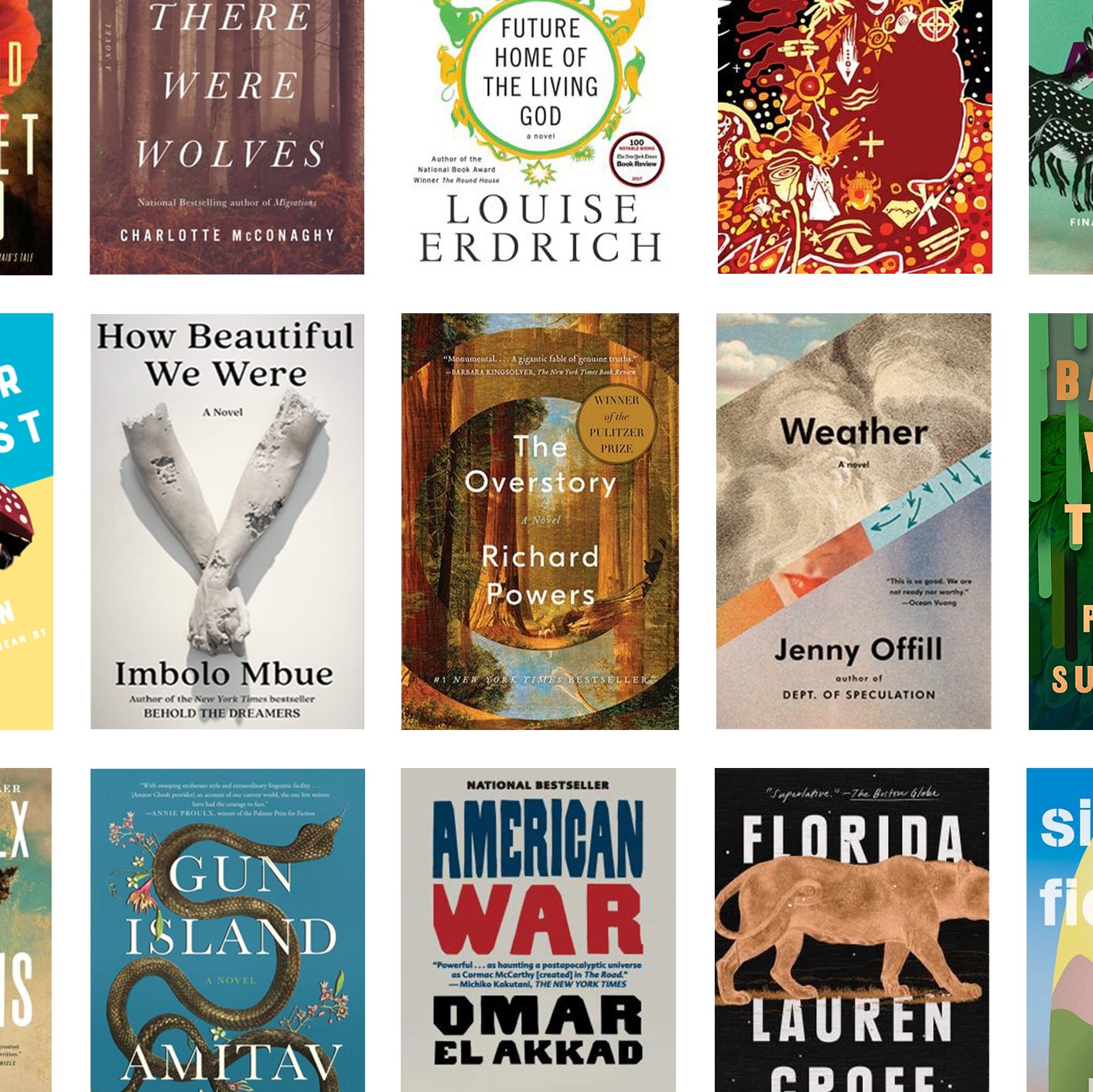WeÔÇÖre relaunching the ║┌┴¤│ď╣¤═° Book Club this week, and to celebrate weÔÇÖre publishing a series on how the booming genre of climate fiction is helping us see our changing planet in a new light. You can learn more about the book club here,╠řor join us on╠ř╠řto discuss our October pick,╠ř,╠řa new work of climate fiction by Richard Powers.
Wildfires, drought, catastrophic hurricane seasons: we no longer need the imaginative powers of fiction to reckon with╠řthe implications of climate change. Gone, too, are the days when ignoring the issue was plausible, when escapism was a viable option (or even a particularly comforting one). But while climate fiction has the power to unnerve and even terrify, it can also teach us crucial and illuminating lessons about the world we have left behind and that which lies ahead.
Though the books on this list span genre, space, and time, a number of themes recur. Many are speculative, depicting dystopias induced by eco-collapse and emboldened by corporate greed. Several involve characters dealing with the ramifications of environmental racism. Flooded coastal communities appear more than once, as do stories buoyed by precocious young narrators. Nearly all include requiems to a lost or dying earth, country, or landscape. But whether envisioning a world that has yet to come to pass or depicting the one we already live in, threads of hope, resilience, and surprising creativity emerge in almost all.
Here are 20 recommendations to add to your shelf.╠ř
Parable of the Sower, by Octavia Butler (1993)╠ř
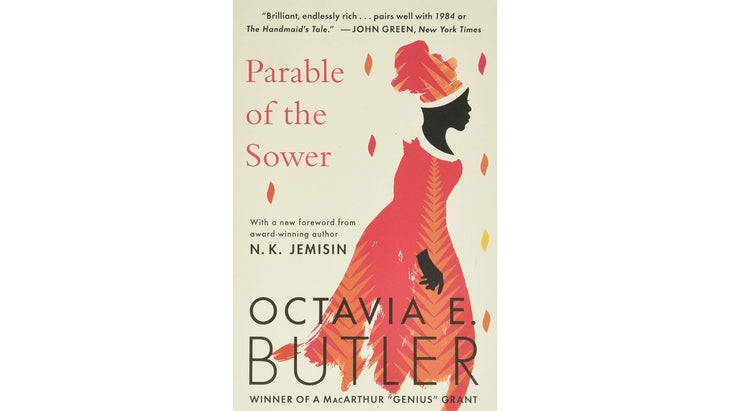
Though initially published in 1993, ButlerÔÇÖs speculative novel has enjoyed a renaissance in the past few years: it emerged on The New York TimesÔÇÖ bestseller list for the first time last fall, and a was recently announced. At the time of publication, was set 30 years in the future; now, as we approach the year in which the novel begins, thereÔÇÖs no better time to take stock of the ways Butler has proved most prophetic.
Parable of the Sower is narrated by Lauren Olamina, a teenage girl living in 2024 in a United States besieged by resource scarcity, drought, high rates of violence, and extreme wealth inequality. At first she counts herself one of the lucky: sheÔÇÖs well-off enough to keep herself relatively safe inside a walled community in Southern California. But even that safety proves tenuous, and soon she is forced to flee north, along highways clogged with other migrants on foot. Meanwhile, an authoritarian president loosens environmental and labor protections, and fires wreak havoc on the landscape. Though ButlerÔÇÖs vision may be more anarchical than the United States of today, her prescienceÔÇöparticularly regarding the urgent climate threats faced by CaliforniaÔÇöis undeniable.
The MaddAddam Trilogy, by Margaret Atwood (2003, 2009, 2013)
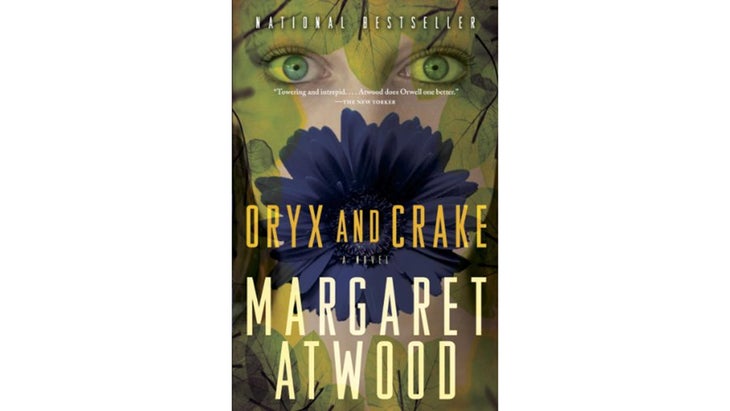
, , and are the three novels that comprise AtwoodÔÇÖs trilogy, which takes place before and after an apocalyptic plague. Prior to the plague, climate change has already led the╠řplanet╠řinto a bleak, dystopian future: bullet trains run between privatized compounds housing corporate employees, while those less fortunate live outside in the polluted and gritty ÔÇťpleeblands.ÔÇŁ When Crake, a brilliant scientist, hatches a plan to create a humanoid species devoid of the flaws that destroyed the earth in the first place, his intentions prove more sinister than they appear.
What distinguishes AtwoodÔÇÖs dystopia from other fictional corporatocracies is her emphasis on biotech run amok. Certain conceptions of hers, like lab-grown meat, have already come to pass╠řin our own world, with proponents advocating for its sustainability and detractors arguing that it will do more harm than good. AtwoodÔÇÖs exploration of the dark underbelly and unforeseen consequences of genetic engineering under unchecked capitalism make it well worth a read.
Salvage the Bones, by Jesmyn Ward (2011)
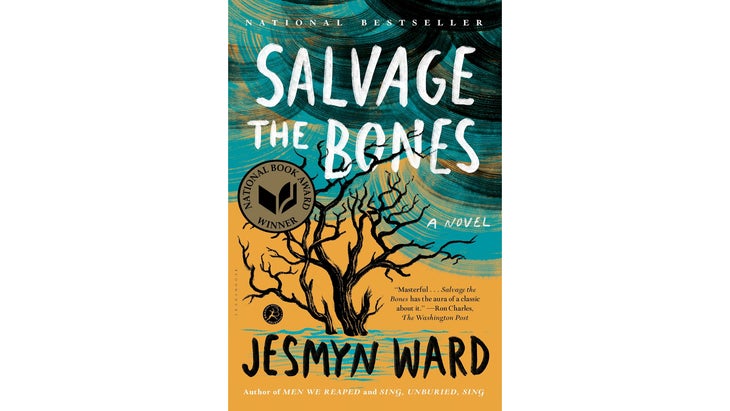
WardÔÇÖs sophomore novel, the first of two to win her a National Book Award, is set in a southern Mississippi bayou town in the days before and after Hurricane Katrina. Fifteen-year-old Esch narrates the story, as she and her family stockpile food and board up the windows, while the rhythm of their daily life beats around them: Esch is harboring a life-changing secret, and her brother, Skeetah, is preoccupied with the birth of his pit bullÔÇÖs litter. Their father is a struggling alcoholic and often absent, though he becomes the most concerned about preparing for the hurricane, the threat of which looms larger every day.
Ward that she wrote in part as a response to those who criticized families like hers for not evacuating prior to Katrina╠řor for choosing to return afterward. The novel is extraordinarily tender, intimate, and meditative, while at the same time speaking to the larger structural forces that restrict the movement and options of Esch and her family. Sixteen years on from Katrina, more recent disasters like Hurricane Ida prove that ÔÇťonce in a lifetimeÔÇŁ storms have become alarmingly routine, and Salvage the Bones remains an essential read.
American War, by Omar el Akkad (2017)╠ř
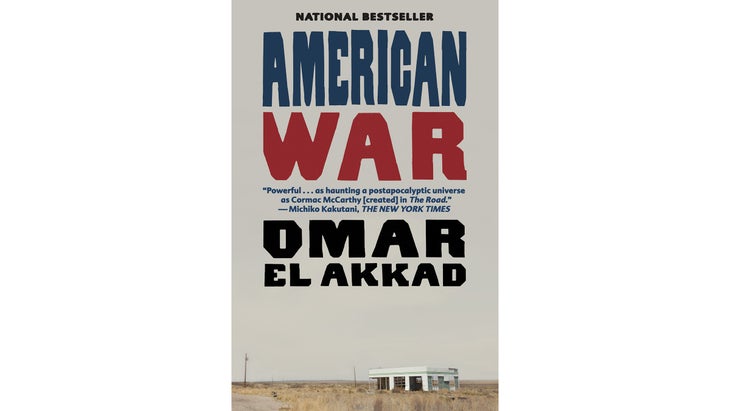
ItÔÇÖs 2074 and history is about to repeat itself: when a bill banning the sale of fossil fuels goes into effect, several southern states secede from the United States, setting off the beginning of a second Civil War.
El AkkadÔÇÖs protagonist is a young girl named Sarat, who grows up in a riverside town in coastal Louisiana that has been transformed by erosion and rising seas. She has no conception of winter or real cold, dismissing what sheÔÇÖs been told about snow and ice up north as nothing more than a fantasy. When Sarat and her family are sent to live in a refugee camp, she sets off on a profound and radicalizing journey.
While this future might seem improbable, climate change has already been linked to╠řexacerbating and hastening the global , even as it continues to be politicized. The first American Civil War is never referenced on the page, but the parallels in El AkkadÔÇÖs fictional second Civil War are everywhere, familiar historical rifts rearing up to highlight a uniquely American struggle. lays disturbingly plausible groundwork for social upheaval, if and when we finally get serious about challenging a fossil-fuel economy.
Bangkok Wakes to Rain, by Pitchaya Sudbanthad (2019)
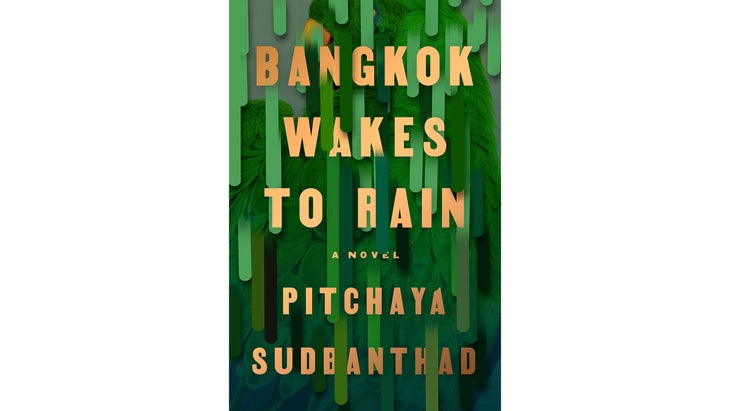
We have all seen the headlines: . Less reported on, however, is the vulnerability of Bangkok, a city 40 times more populous than Venice, . In SudbanthadÔÇÖs , an ambitious set of interconnected narratives bring that reality to life, taking us from Bangkok in the early 20th century to a flooded ÔÇťNew BangkokÔÇŁ in the late 21st.
Even prior to the flooding, BangkokÔÇÖs humid climate and rain suffuse the novelÔÇÖs lush prose. Sudbanthad barely references climate change as a larger force, and he avoids treating the flooded city simply as a tragedy or a consequence stemming from a failure to act. But that lack of moralizing is precisely what makes the book so powerful. The flooding reads instead as an inevitability, one that its residents must adapt to: in the future, children from low-lying neighborhoods have embraced a life on the water, ferrying tourists on glass-bottomed boats through streets now transformed into canals. There is grief for the loss of the old city, particularly among those characters old enough to remember a time before, and for the readers, too, as Sudbanthad takes us past drowned landmarks depicted earlier on dry land. Yet resilience and creativity also emerge, as people carve out a new way of living in a city metamorphosed.
Weather, by Jenny Offill (2020)
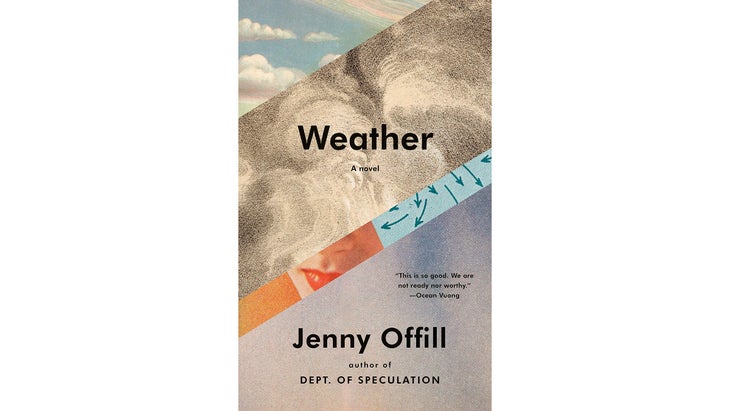
There is no apocalypse in OffillÔÇÖs third novel, though there is plenty of apocalyptic thought: her protagonist, Lizzie, is a university librarian who moonlights by fielding listener questions for Hell and High Water, a doomsday climate podcast hosted by her former academic mentor. Lizzie is not particularly well-off, but she is a woman living in Brooklyn, not particularly in danger of any immediate environmental disaster. Yet her existential fear and growing obsession with climate change begin to thrum in the background of her daily life as she goes through the motionsÔÇöwhether getting her son ready for school, helping her brother with his recovery from addiction, or attempting a meditation class in a half-hearted effort to quell the chaos in her mind.
OffillÔÇÖs signature fragmentary style fires on all cylinders in , creating a novel driven less by plot than by mood and atmosphere. LizzieÔÇÖs mounting anxietyÔÇöwhat Offill has called ÔÇömay resonate deeply with those of us fortunate enough to still be a step removed from imminent climate disaster. But Lizzie recognizes a future that we are all approaching. Self-aware and sharp, Weather raises compelling questions about complicity versus helplessness, and wonderfully depicts the unnerving discomfort of how it feels to sit around, waiting for the world to end.
A ChildrenÔÇÖs Bible, by Lydia Millet (2020)
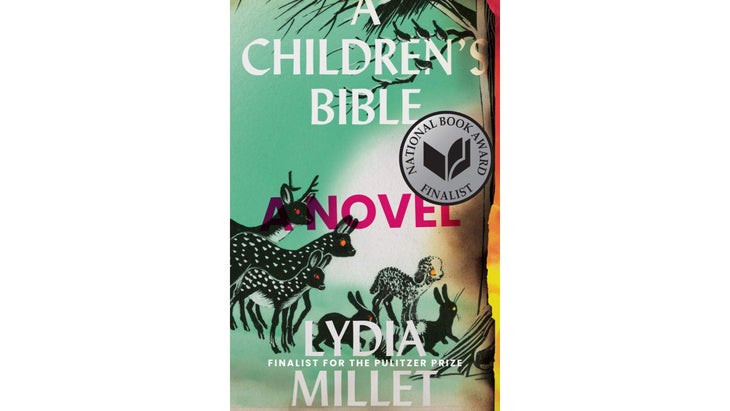
In MilletÔÇÖs latest novel, a group of children have been thrown together at a vacation home rented by their parents, where the adults are too wrapped up in their own hedonism and debauchery to do much parenting at all. At first this is merely a point of disgust for the children who, by contrast, are quick-witted and precocious, desperate to distance themselves from their elders. But as a severe storm bears down, conditions grow increasingly desperate and the parental incompetence starker and more reprehensible.
helps illuminate a particular form of environmental inequality, especially when read in conjunction with Salvage the Bones: Millet sharply skewers the privilege of the families in this novel, who are wealthy and connected enough to flee to a safer location and eventually ensconce themselves behind the walls of an estate. Yet even their improved material conditions canÔÇÖt fully save what remains rottenÔÇönot just the apocalyptic aftermath of the flood, but the abdication of responsibility. These individual relationships reflect the generational grief and anger expressed by young people today about the world they have been left to inherit. Millet writes about children and teenagers with not just empathy but deep admiration, and her voice is so confident and wry that the devastating moments hit you almost without warning.
The Ministry for the Future, by Kim Stanley Robinson (2020)
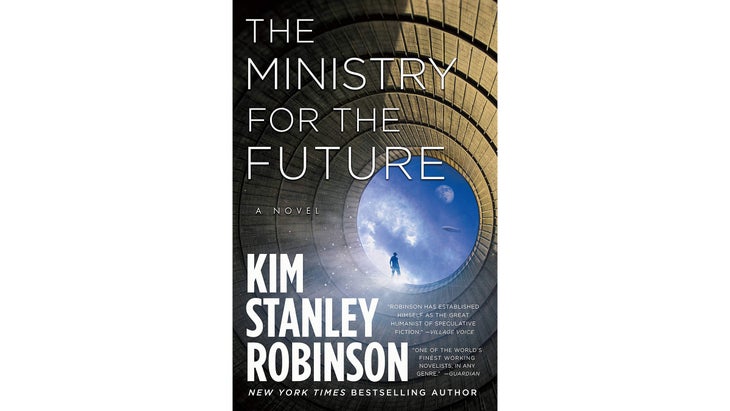
In his most ambitious and fascinating novel to date, acclaimed science-fiction writer Kim Stanley Robinson pulls from a real article in the ÔÇöallowing for the creation of ÔÇťsubsidiary bodies as deemed necessary for the implementation of this AgreementÔÇŁÔÇöto create a fictional organization that is tasked with advocating for all future citizens of the planet.
The novel pulls you in like quicksand. Told in short chapters, and in a variety of perspectives and prose forms, is at times a quiet meditation on collective trauma, at others a brilliant geoengineering proposal, and still others an economic manifesto calling for the overhaul of the global monetary system. The opening tragedyÔÇöa 2025 heat wave in India that kills upward of 20 million people in a matter of weeksÔÇöhaunts the remainder of the book. The ministry╠řfaces constant bureaucratic red tape, lack of enforcement, and severe underfunding. Climate disasters pile up exponentially as the decades pass and a budding ecoterrorist group takes to more extreme tactics: crashing fuel-guzzling commercial flights, sabotaging power plants, and holding attendees at Davos temporarily hostage in an attempt to reeducate the elite power brokers of the world.
While The Ministry for the Future is unflinching in its frank rendering of our global climate emergencyÔÇöleaving us with the sobering understanding that even our ÔÇťbest case scenarioÔÇŁ future will inevitably be accompanied by devastating lossÔÇöit is also astonishingly imaginative about the human capacity for innovation. RobinsonÔÇÖs novel is so convincing, and so well researched, that at times itÔÇÖs almost easy to forget itÔÇÖs work of fiction rather than a blueprint of whatÔÇÖs to come.
How Beautiful We Were, by Imbolo Mbue (2021)

While several of the books on this list deal with the long-term ramifications of burning fossil fuels, explores how extraction itself can be just as devastating to the immediate surrounding environment. Set over decades in the fictional West African village of Kosawa, MbueÔÇÖs novel tells the story of the ruin wrought by an American oil company. In Kosawa, PextonÔÇÖs unsafe drilling practices (and other negligence) has led to poisoned water, infertile land, acid rain, and the deaths of several children. KosawaÔÇÖs country is unnamed and Pexton is fictional, but this only underscores the fact that the injustice Mbue describes is not an isolated event, but rather ╠řby neocolonial powers.
How Beautiful We Were has multiple narrators but concentrates on one of the village children, Thula, who grows up to be a revolutionary. The nationÔÇÖs dictator has sold out to Pexton, and with competing interests abounding, there is little consensus among Thula and the other townspeople╠řof who to trust or how to proceed. The novel balances stunning prose, depicting the charactersÔÇÖ elegiac love for their land and community, with a sobering lesson about the implications of environmental racism.
Once There Were Wolves, by Charlotte McConaghy (2021)
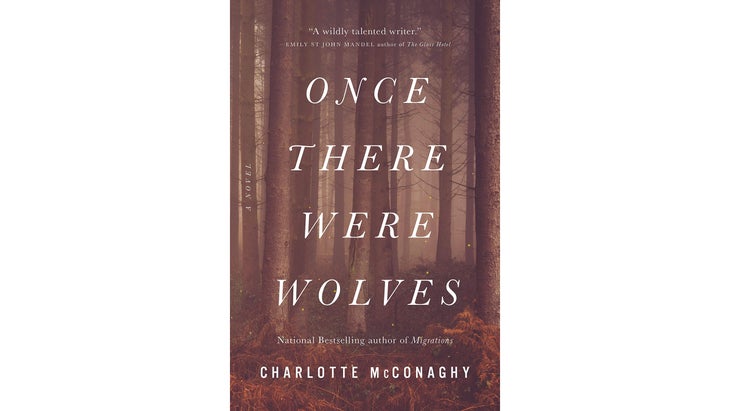
On the heels of her 2020 bestseller, , McConaghy returns with her to center around ecological issues. The narrator, Inti, is leading a rewilding project in Scotland, helping introduce wolves back into the Highlands. Her program is based on a real success story from Yellowstone National Park, where a controlled reintroduction a quarter of a century ago has .
The farmers in the community donÔÇÖt care about this successÔÇöthey donÔÇÖt want the wolves there, nor do they want the rewilding project to come at the sacrifice of their arable land and their livelihood. Inti is frustrated that they cannot seem to see the greater good for the sake of the ecosystem, but she is also motivated by an intense connection to the wolves. Though Inti is her hero, McConaghy presents the conflict with careful nuance, never vilifying the other side. The novel reads like a literary eco-thriller, packed with action, crime, and romance, but the most compelling and complex moments involve that mounting tension between the townspeople and the scientists.
Beyond the challenging ethical questions floated about what it means to be a steward of the planet, the novel is beautiful to read. McConaghy has written an environmental love letter,╠řthe landscape and the wolves╠řevoked in striking and tactile imagery.
Read These Next
More great climate-fiction picks from ║┌┴¤│ď╣¤═°ÔÇÖs editors include:
, by N.K. Jemisin
, by Lauren Groff (read our review)
, by Yun Ko-eun, translated by Lizzie Buehler
, by Louise Erdrich
, by Annie Proulx (read our review)
, by Samanta Schweblin, translated by Megan McDowell
, by Richard Powers
, by Amitav Ghosh
, by Claire Boyles (read our review)
, edited by adrienne maree brown and Walidah Imarisha


